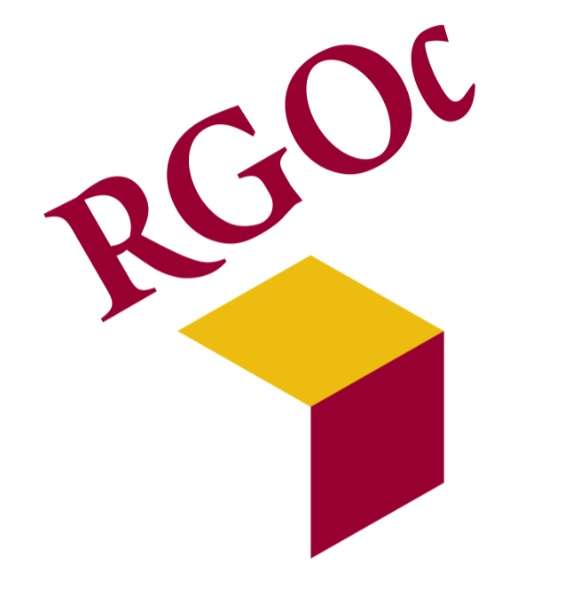- Altrecht GGZ (Utrecht), Rintveld (Zeist) , Promenscare (Assen), Dijk & Duin
Samenwerking
- Altrecht GGZ, Rintveld, Promenscare, Dijk en Duin, Altrecht GGZ
Periode
2013 – 2019
Financiering
€ 439.830
Gefinancierd door
- ZONMW-Doelmatigheid
Status
in uitvoering
contactperso(o)n(en)
J.T. van Busschbach, j.t.van.busschbach@umcg.nl
Samenvatting
OBJECTIVE: The Boston University approach to Psychiatric Rehabilitation (BPR) is developed to support SMI patients in these life domains. RCT’s into BPR were performed with largely positive outcomes, in terms of participation in work, schooling, independent living, a general improvement of functioning, and a better quality of life. To date however, information about the cost effectiveness of BPR is lacking. Primary research question is: Is BPR (cost) effective compared to Care as Usual (CAU) after 12 months for patients with SMI (age 18-60) who have a wish for change in societal participation, defined as having a paid or voluntary job, studying, or caring full-time for a family.DESIGN: a multicentre RCT comparing cost effectiveness of care as usual (CAU) with BPR in 225 SMI outpatients with a wish for change in societal participation. Measurements will be done at baseline, six and twelve months. Patients will be recruited at two MHC organizations and one organization for supported and sheltered living. Inclusion criteria: SMI patients, in outpatient care longer than two years, with a diagnosis of psychotic disorder, severe bipolar disorder, personality disorder, or chronic anxiety disorder, eating disorder and co-occurring addiction, age 18-60 years, with a wish for change in societal participation. The primary outcome is (positive) changes in societal participation (paid work, voluntary work, schooling, full time household tasks). Secondary outcome measures are: (1) change in the number of hours of societal participation and in the position of patients on the national societal participation ladder; (2) patients‘ experience of success (yes/no) in achieving participation goals; (3) change in quality of life; (4) change in symptom severity and overallfunctioning; (5) increase of self-esteem.DATA -ANALYSIS will be done on the basis of intention to treat. To analyze the results on the main outcome the difference in percentage of patients with increased participation in both groups after one year will be compared, and risk differences, yielding numbers needed to treat (NNT), will be calculated using (multi-level) regression models to adjust for centre.ECONOMIC EVALUATION will be conducted from a societal perspective. The cost effectiveness study will consider all direct medical and non medical (informal care) or indirect nonmedical costs(societal costs and gains from work). For the additionally planned cost-utility analysis, QALYs will be the primary outcome measure. In order to estimate QALYs, utility scores will be derived from the SF-6D. Boot strap analyses will be performed to assess the uncertainty surrounding the cost–effectiveness ratio. Furthermore, a budget impact analysis (BIA) will be conducted to inform decision-makers about the financial consequences of the adoption and diffusion of BPR in the Dutch healthcare system.
